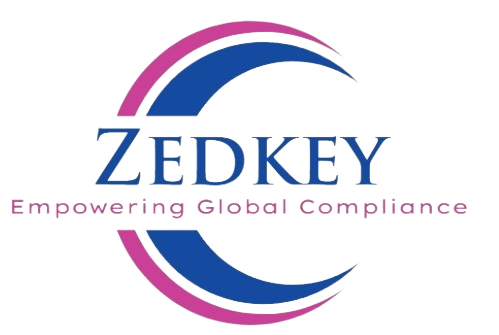Introduction
In today’s interconnected world, where products travel across borders and oceans, ensuring their safety and conformity to regulations is paramount. One crucial document that stands as a testament to a manufacturer’s commitment to quality and compliance is the EU Declaration of Conformity. Let’s delve into what this declaration entails and why it matters.
What is the EU Declaration of Conformity?
At its core, the EU Declaration of Conformity is a formal statement made by the manufacturer, or their authorized representative, affirming that their product meets all the relevant regulatory requirements set forth by the European Union. This declaration serves as a guarantee of the product’s safety and compliance with applicable standards.
Key Components of the Declaration
Identification Information: The declaration starts with identifying details such as the manufacturer’s name, registered trade name or trademark, and contact information. It also includes details of the authorized representative if applicable.
Sole Responsibility Statement: The manufacturer asserts that the declaration is issued under their sole responsibility, emphasizing their commitment to compliance.
Basic UDI-DI: The Basic Unique Device Identification (UDI) – Device Identifier (DI) is provided, aiding in the identification and traceability of the device.
Product Information: Clear details about the product including its name, code, and intended purpose are outlined, ensuring easy identification and traceability.
Risk Classification: The device’s risk class, as per Annex VIII, is stated, providing insight into its potential impact on health and safety.
Conformity Statement: A statement confirming the device’s conformity with relevant EU regulations and any other applicable legislation is included.
References to Standards: Any relevant harmonized standards (CS) used in the conformity assessment process are referenced.
Notified Body Information: If applicable, details of the notified body involved in the conformity assessment procedure, along with certification information, are provided.
Additional Information: Any supplementary details deemed necessary for clarity or completeness may be included.
Signature and Date: The declaration is signed by an authorized person, along with their designation, and bears the date of issue.
Importance of the Declaration
The EU Declaration of Conformity serves as a crucial document in the product lifecycle. It demonstrates the manufacturer’s adherence to stringent EU regulations, instilling confidence in consumers, regulatory authorities, and stakeholders alike. By providing transparency and accountability, it fosters trust and ensures the safety and reliability of products circulating within the EU market.
In conclusion, the EU Declaration of Conformity is not just a piece of paper; it’s a testament to a manufacturer’s commitment to quality, safety, and compliance. In an era where consumer trust is paramount, this declaration stands as a beacon of assurance, safeguarding both public health and market integrity.



